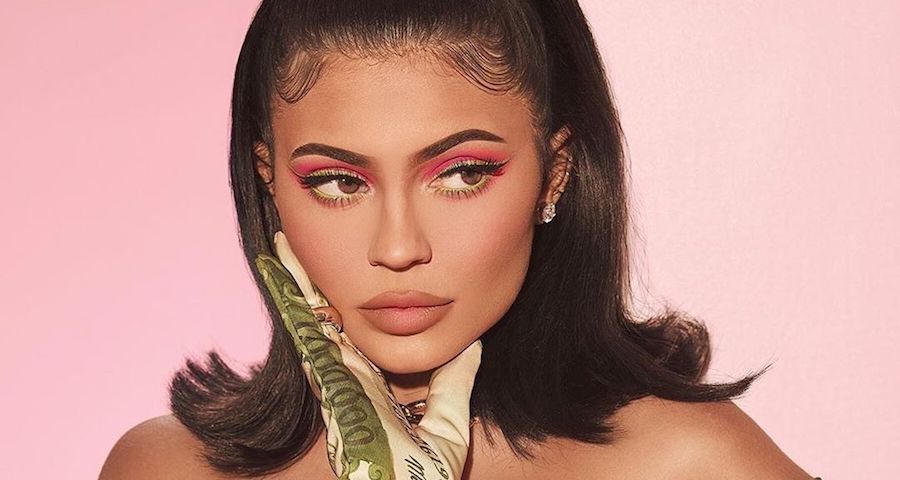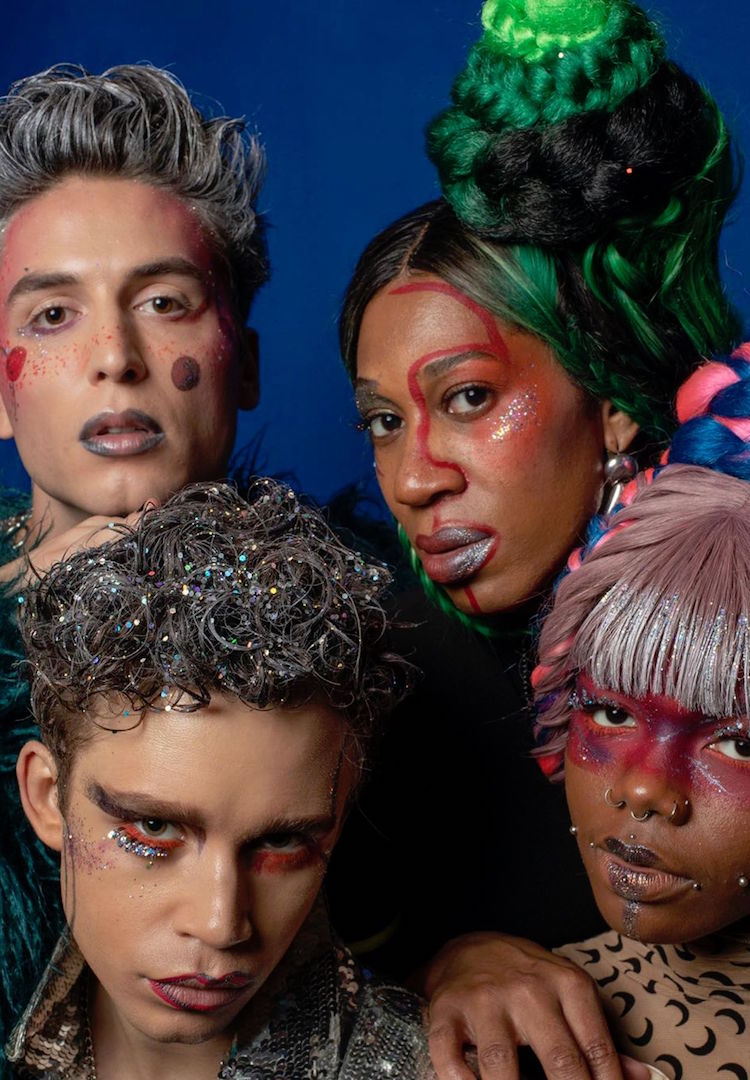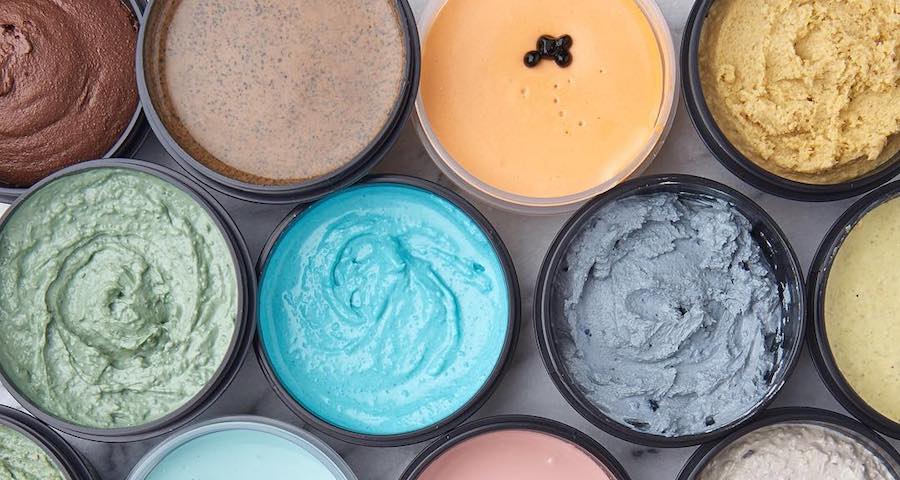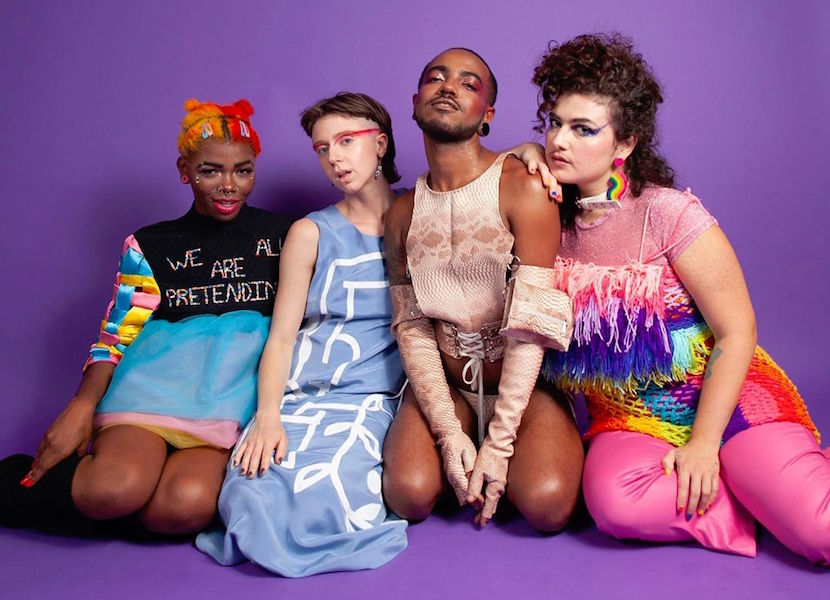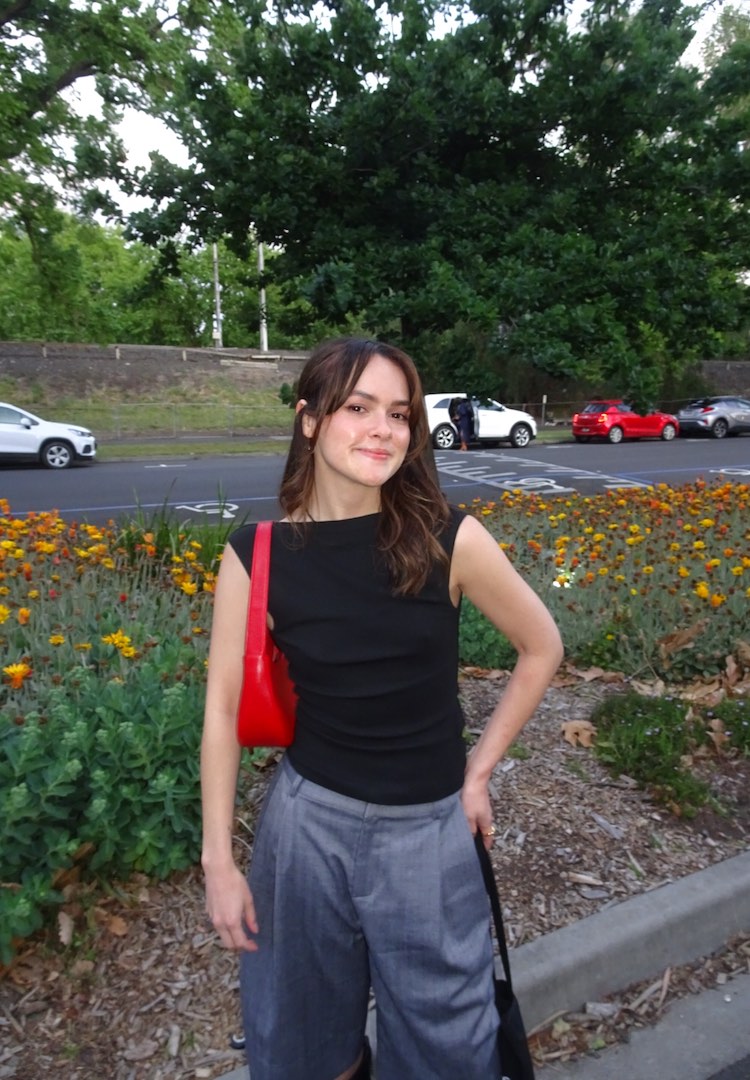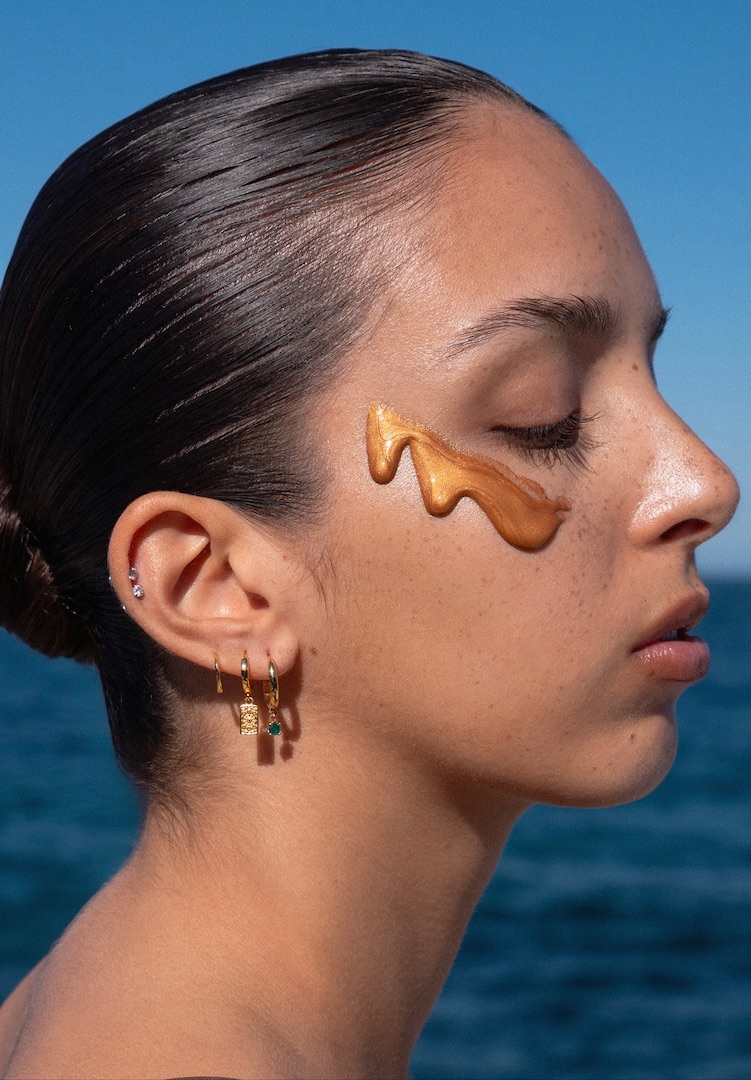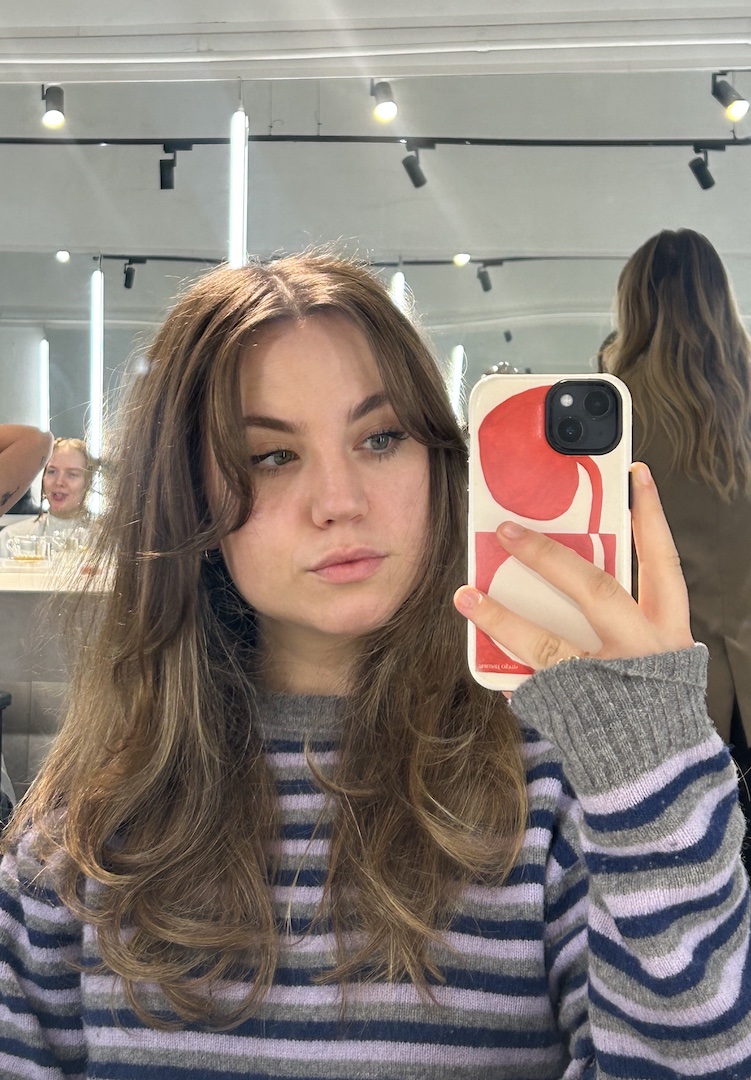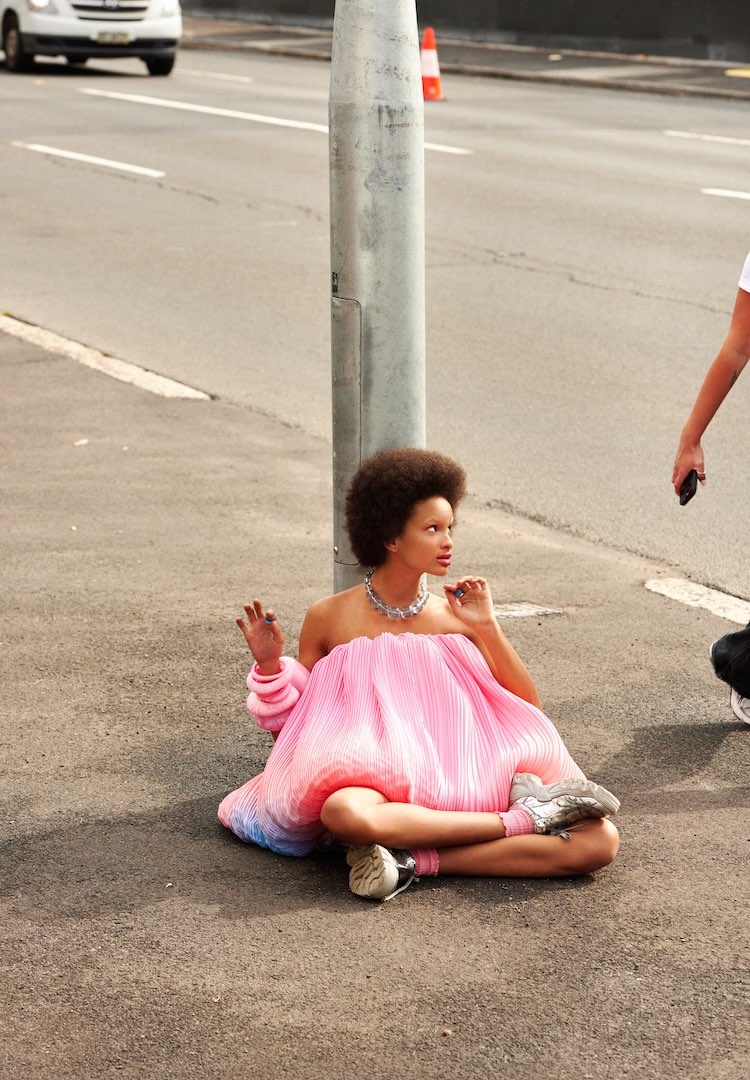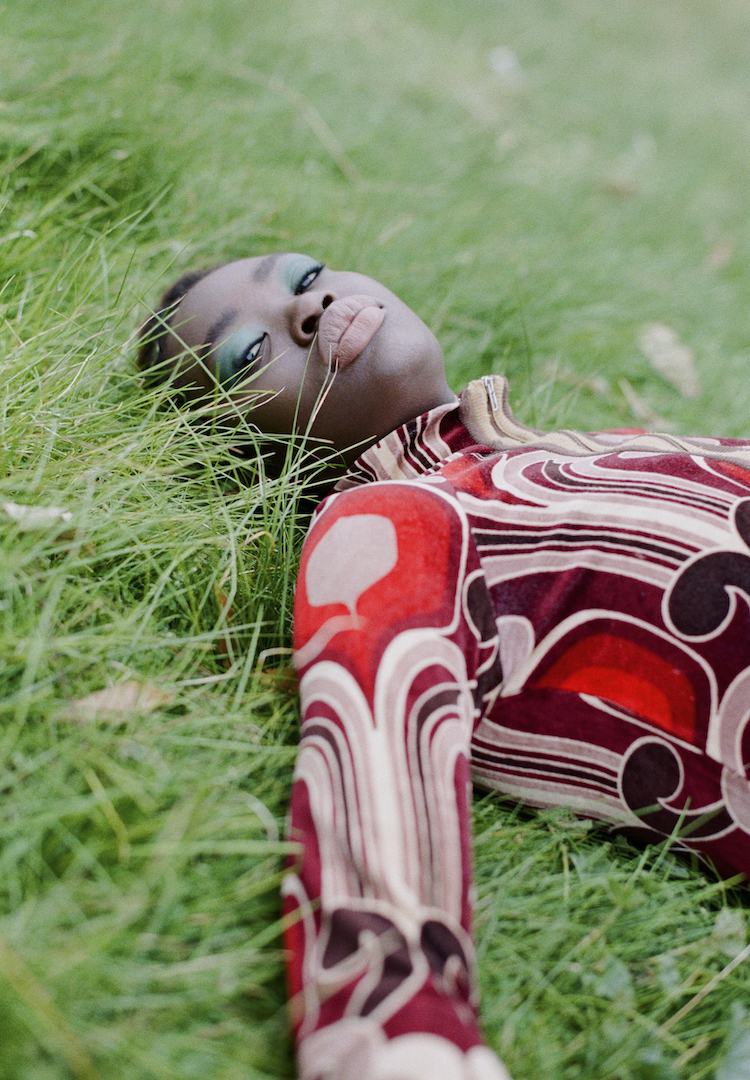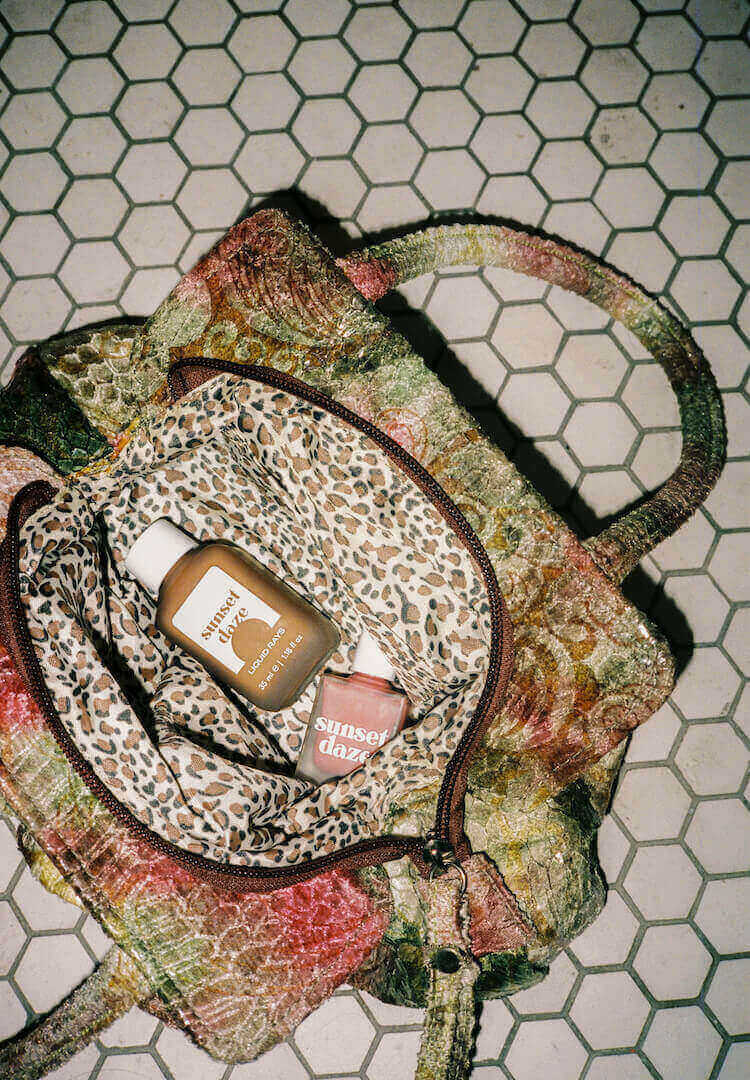How gender-neutral makeup brands are changing the beauty business
Image via Fluide
Words by Bianca O’Neill
The future looks pretty.
Traditionally makeup and beauty products have been solely focused on a very narrow view of the ‘ideal consumer’ – a cis woman customer, often white and (ironically) young. So why have beauty brands been ignoring the rest of the population for so long, when those very people present an excellent opportunity for making more money?
The answer is a complicated one, wrapped up in traditional gender roles, decades-old research that shows that the majority of purchase decisions are made by women and, quite frankly, no good options for those who sit outside the stereotypes.
Over the last year, however, we’ve seen a huge increase in gender-neutral beauty brands taking on the market – from the bigger players like Milk and Fenty to smaller, more niche brands like Fluide and Panacea.
And this latest shake-up isn’t just about makeup – gender-neutral marketing is also disrupting the wider beauty industry, moving swiftly into spaces like daily skincare, anti-ageing, hair and perfume. Even conservative luxury brands like Chanel have moved into a ‘makeup for men’ space, while Louis Vuitton recently released its first unisex fragrance.
Although it may seem that we’re entering a brave new world of gender neutrality, the fact is we are simply restoring lost equilibrium. The idea of men wearing makeup is certainly not new, as author and professor of business history at Harvard, Geoffrey Jones, points out:
“We know historically that the man’s use of cosmetics was pretty much the same as female use through the 19th century,” Jones said in a recent interview. “Before the 19th century, this kind of very binary divide between men and women wasn’t really found in many societies. Then in the 19th and much of the 20th centuries, we got stuck with really different, sharp divisions between how women and men behaved. Now we’re reverting to where human beings have been for a very long time, [including] the usage of cosmetics.”
So if men are just as keen to wear makeup as women, then why aren’t brands marketing products towards them too?
For many years, there has been a mistaken perception that men’s skin is inherently different to women’s (which it generally isn’t, bar a few minor notes like hair growth and thickness). Lazy and gendered beauty marketing has seen men’s product lines restricted to the basics, clad in black or navy packaging, and overly fragranced with aggressive ‘woody’ tones – not to mention, with fairly questionable efficacy. Plus, there’s the fact that catering for the transgender and gender fluid community has been largely ignored by beauty brands.
And as the overwhelming popularity of the new Fenty empire has proved, this isn’t just about marketing – it’s also about business. Fenty is well on the way towards achieving a billion dollar valuation, just as millennials (mostly unconcerned with traditional gender stereotypes) are moving into their prime spending years.
The way forward for beauty brands as we approach a new decade of less-defined gender norms is to get with the program. But that means so much more than just slathering a guy in makeup for a token Instagram post.
Consumers increasingly want to see inclusive captioning, non-gender specific naming on products, non-gendered packaging and widely cast models. And as the understanding of the gender spectrum increases, brands also have to acknowledge there isn’t just one idea of what gender diverse makeup expression looks like.
Add to that an understanding that entering the gender diverse space also means extending diversity throughout the business too.
“For Fluide, it has been instrumental to include underrepresented voices and faces in both the behind-the-scenes product development and business planning, as well as the front-of-camera models, campaign photographers, stylists, and makeup artists,” says co-founder and CEO of gender-neutral beauty brand Fluide, Laura Krabe. “To create an inclusive brand, you need a diverse team.”
Her business partner, co-founder and CCO of Fluide, Isabella Giancarlo, also points out that gender diversity in the beauty industry has wide-ranging benefits for all, no matter what their gender expression.
“To locate makeup outside of this paradigm of cis-female beauty is liberating. It opens up the potential for makeup to be a creative, empowering means of self-expression for all.”
So how does this gender-neutral groundswell have the potential to change the way we are all defined by traditional beauty and makeup products? Well, dramatically. In this diverse new world, makeup is no longer about the cis male-to-female gaze or a single, narrow vision of beauty, but rather an inclusive experience for expression – by everyone, for everyone. It tells us that makeup isn’t just for one kind of person, nor is there a single, best way to use it.
And, perhaps most importantly, it’s a great thing for reducing the impact that traditional beauty marketing has on mental health – across the entire gender spectrum.
Follow Bianca’s fashion and beauty coverage on Instagram at @bianca.oneill

